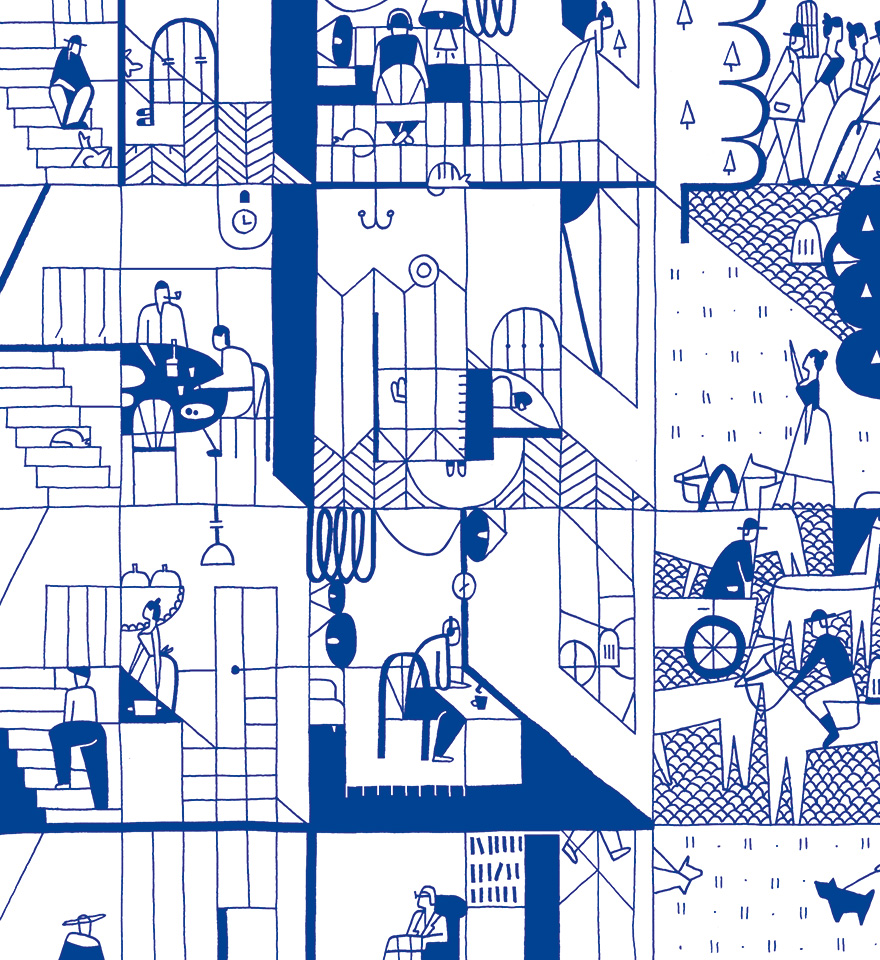ZhydkovskyiSerhii
Dates and places of birth and death are currently unknown
Two-way amateur radio
“The telegraph in Zhmerynka suddenly stopped working just when secret telegrams from the war were being sent. The suspicion arose that Zhydkovskyi deliberately damaged telegraph to intercept the telegrams and transmit them via his wireless telegraph abroad.”
“A well-equipped wireless telegraph station was found in Zhydkovskyi’s apartment. The arrested man was considered a young inventor...”

In March 1914, the story about the scandalous arrest of Serhii Zhydkovskyi was all over the papers of the then Russian Empire.
But who was actually arrested? A spy or an ordinary radio amateur?
Let’s restore the chronology of events:
1909 — When Zhydkovskyi was a student of Kyiv Technical School of Railway Transport, he designed his first detector receiver. This is the simplest receiver imaginable. Without external power supply and amplifiers, it receives medium and long frequency radio signals. Today, anyone can make this device following instructions on YouTube.
1910 — Considering Zhidkovsky’s aptitude for radio engineering, professors sent him to undergo a two-year internship in the telegraph service of the Zhmerynka station of the South-Western Railways.
Winter 1912 — Zhydkovskyi successfully passed the exams and began working as a telegraph inspector, first at Koziatyn station and then at Zhmerynka station. In his spare time, he visited the “spark-gap” station of the Military Department, located in Zhmerynka, and began designing his own radio station.
In the spring of 1912. Zhidkovsky’s radio station successfully received radiograms from a local station of the Military Department. At the same time, the engineer designed another radio station, which he placed in the apartment of his fellow telegraph operator. Now he could both receive and transmit messages.
1913 — Zhydkovskyi was sent to work in the telegraph service in Kyiv as a radio communication specialist and an active radio amateur. His task was to design a radio station that would receive precise time signals and weather bulletins from a radio station on the Eiffel Tower in Paris. In addition, under the guidance of engineer Gera, he designed a model of a portable radio station, which was able to establish communication with the moving train.

International symbol of amateur radio communication
1914 — The head of the “spark-gap” station of the Military Department, who knew about Zhidkovsky’s amateur radio stations, suddenly decided to report the local law officer, and he, in turn, informed the governor. Zhydkovsky’s house was searched, the engineer was arrested and declared a “dangerous state criminal,” and was under threat of the death penalty.
Fortunately, after conducting a dozen interrogations and several investigative experiments, the prosecution failed to prove Zhydkovsky’s guilt, the details of the case got in newspapers again, including foreign press. Everyone was saying that investigators have fabricated the case and simply created obstacles to hinder the development of radio communications.
1915 — Zhydkovskyi was finally acquitted of espionage, and returned to work.
When communication between two radio stations is established for the first time, radio amateurs send each other special paper cards (QSL cards) to confirm this.
Initially, the capacity of a radio receiver to receive a distant signal was a matter of pride. Since there was no other way to record success, radio amateurs sent cards to each other. The standard QSL card indicates the call signs of both radio amateurs, the frequency the connection was established at, the date, etc. Cards are sent by regular mail. Even in the XXI century. This is a tradition.
In other countries, radio amateurs were also often suspected of espionage. Finnish inventor Eric Tigerstedt was arrested when it turned out that his radio signals were interfering with the operation of Navy radio stations. Shortly afterwards, the charges against him, as well as against Zhydkovskyi, were dropped. And the United States Congress at the beginning of the First World War simply banned all amateur radio stations. Moreover, the radio stations were dismantled. The restrictions were lifted only on October 1, 1919.